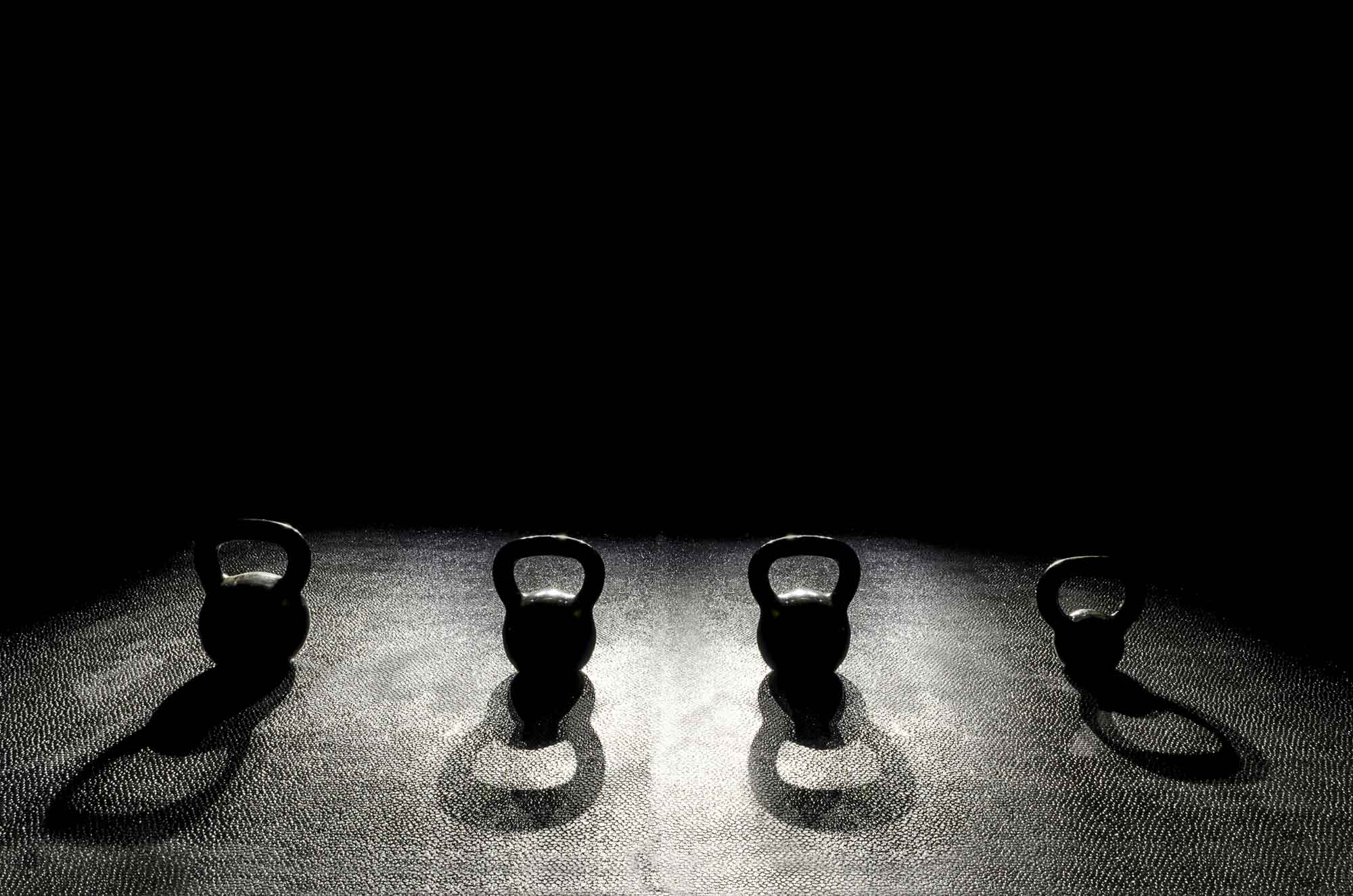When training energy systems there are a few things to consider. Energy systems operate on a power-capacity continuum. Power is defined as the amount of energy transferred or converted per unit of time, and capacity is the amount of energy within a storage system. More simply, power is how hard we can go, and capacity is how long we can go. Envisioning the systems in this way can help to give more purpose to our training. Within each pathway there are various factors that go into the production of energy. Each pathway will have specific factors that determine its power or capacity.
Power for the anaerobic systems is determined primarily by neurological factors like motor unit recruitment, firing rate, and rate of force development. These factors are expressed as maximal strength or power.
Capacity for the phosphocreatine pathway is largely limited by our ability to store phosphocreatine. Phosphocreatine will be close to exhausted by the end of a maximal effort set of 3-8 repetitions or 8-12 seconds. Once that happens we will need to rest and recharge our phosphocreatine battery. This storage capacity can be increased through creatine supplementation but is not normally considered a trainable quality. What we can control is how quickly we resynthesize phosphocreatine and that is done through the aerobic system. You can imagine the phosphocreatine system like a battery. Batteries work by donating electrons to whatever needs them, just like the phosphocreatine system works by donating phosphate to wherever ATP is needed. This battery can be recharged with rest and the recharge happens through aerobic metabolism. The aerobic system generates ATP and that ATP is sacrificed to fuel the synthesis of phosphocreatine. If we have a powerful aerobic system we can synthesize more ATP and thus more phosphocreatine. What this looks like in practice is shorter breaks between sets and more explosive efforts after rest. With a poorly developed aerobic system it takes longer to recharge our phosphocreatine battery but a well-developed system recharges quicker and allows us to attack our next set sooner.
The anaerobic glycolytic system is no different from the phosphocreatine system in that power is largely determined by the neurological factors of motor unit recruitment, firing rate, and rate of force development. And, like the phosphocreatine system, capacity is largely determined by the aerobic system. As you remember, anaerobic glycolysis results in byproducts like pyruvate and hydrogen. It is the aerobic system that uses these byproducts for fuel. If any of these byproducts aren’t used and accumulate then they will cause fatigue and discomfort. It is possible to train a tolerance to this state but that is not necessarily capacity in the sense we are looking at it. Again, it is the aerobic system that will extend and improve the function of this pathway.
Shifting gears to the aerobic system, assuming that substrates are available, then most of our concern is with oxygen. There are two main components to consider regarding oxygen in the aerobic system; delivery and utilization, or central and peripheral factors.
Central factors concern oxygen delivery and start with our ability to breathe oxygen into our lungs and pass that oxygen into our blood. Rarely is this an issue but it can be in situations of people suffering from upper respiratory infections, asthma, allergies, or physical blockages like a deviated septum. Once oxygen has passed into the blood we can pay attention to the blood itself. Particularly, blood volume and the oxygen-carrying capacity of the blood. Blood volume has been shown to increase through training as well as heat adaptation, carrying capacity is related to red blood cells and can be improved through training or other means like altitude. This oxygen-rich blood is delivered by the heart (a muscle) and is quantified as cardiac output. Cardiac output is a function of stroke rate (beats/min) and stroke volume (how much blood is pumped with every beat). All of these central factors are considered functional, meaning the adaptations happen relatively quickly and detraining occurs the same. These factors are typically trained through higher intensities and adaptation is realized in 4-8 weeks.
Peripheral factors include capitalization which is the network of tiny blood vessels that supply blood to our working muscles. A better network of capillaries will deliver more oxygen-rich blood as well as circulate metabolic waste away from the muscles. This circulation helps with giving the muscles the energy they need to work as well as removing the byproducts that are responsible for fatigue. The mitochondria are responsible for the process of putting oxygen to work in the synthesis of ATP. If we have lots of strong mitochondria then we will produce lots of energy aerobically. If we have a smaller density of mitochondria then our ability to utilize the oxygen that is delivered is going to be limited. Peripheral factors are generally trained at lower intensities and adaptation takes months to years to realize.
Well developed energy systems do not necessarily equate to performance. There is much more to performance than energy systems, namely movement economy. Every person will have a genetic predisposition to particular modalities, just like short people aren’t typically great at basketball, certain people might not be great runners or cyclists. Apart from those genetic types is the actual movement itself. Running, rowing, or cycling with efficient technique will make up for or overshadow whatever level of energy systems development you may possess. In CrossFit this is even more important with all the exercises we do like wallballs, burpees, snatches, thrusters… the list goes on, but movement economy plays a key role in how tired these exercises make us and the stress they place on our energy systems.
Energy systems is a fascinating subject and the topic of many a debate in discussions regarding training. It is not however the end-all, be-all of program design. There are a myriad of factors that go into performance and energy systems is only a small part of that.



